
views
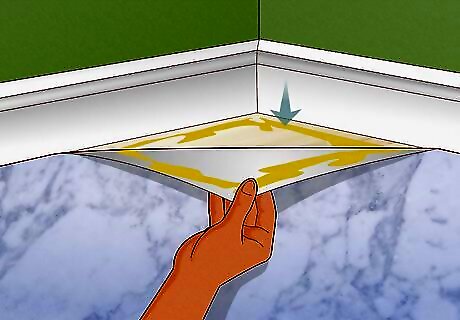
Determine your subsurface. If you do not already know what kind of flooring lies underneath your linoleum, you will need to find out in order to remove the old linoleum properly. Choose a corner of linoleum that is the most ragged or curled and try to pry it loose with your fingers. You only need to see a small portion of the floor to identify it. Common sub-surfaces include hardwood, concrete and vinyl flooring.
Pull off any trim or molding that borders your floor using the backside of a hammer.
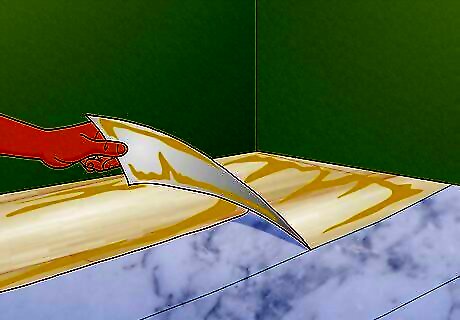
Remove old linoleum. Cut the linoleum into strips approximately 6 inches (15.24 cm) wide. Linoleum isn't very thick. Cut only as deep as the linoleum. You will feel the hard subsurface when you hit it. Try not to scrape the subsurface. Peel a corner of the linoleum slowly with two hands. Reposition your hands down as your peel. Continue onto the next strip of linoleum. Discard the strips in the trash. Boil water in a medium saucepan. Pour the boiling water onto the remaining linoleum and adhesive on the floor. Cover the floor with damp towels to keep the surface wet. Wait 10 minutes. Use a floor stripper to scrape away the remnants of linoleum and adhesive. Repeat the process of boiling water and pouring it onto the floor. This should remove the last of the glue.
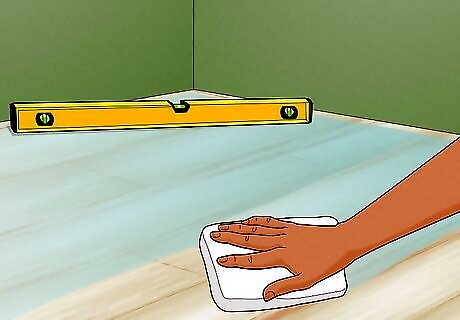
Prepare the subsurface. Ensure the subfloor is smooth and level. Oriented strand board or OSB is best for the subfloor or underlayment. Fill in the cracks, gaps, or holes with a wood filler. Smooth the floor as much as possible. This might involve refinishing or resurfacing. Hardwood floors should be sanded down.
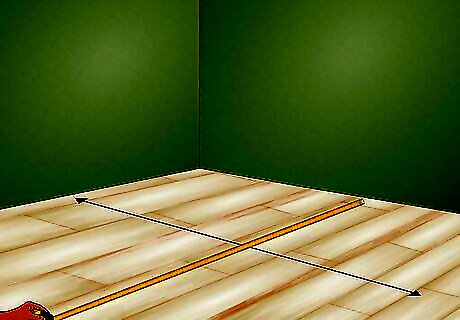
Measure the length and width of the room and multiple the numbers together to find the area.
Purchase either linoleum tiles or linoleum sheets. Both are made of the same material, but sheets tend to last longer because there are fewer places for the linoleum to curl or warp.
Install the new linoleum. Determine the layout of the sheets or tiles. Place your linoleum on the floor as a run-through before the actual adhesion process. Cut the appropriate tiles or sheets to move around bathroom or kitchen fixtures or components such as counters and plumbing. Spread adhesive to a small area on the floor. Press the linoleum onto the adhesive firmly. Continue to apply adhesive and press the linoleum into the subsurface. Roll over the tiles or sheets with a 100-pound (45.4-kg) roller.
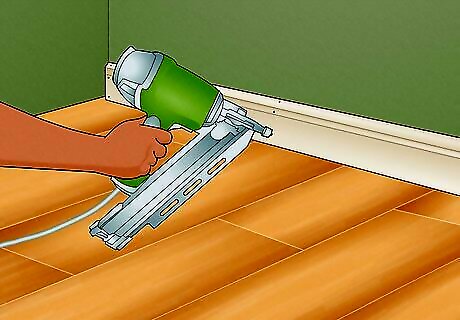
Replace any trim or molding you removed earlier.



















Comments
0 comment